Medical Collection Dispute Letter Template Guide
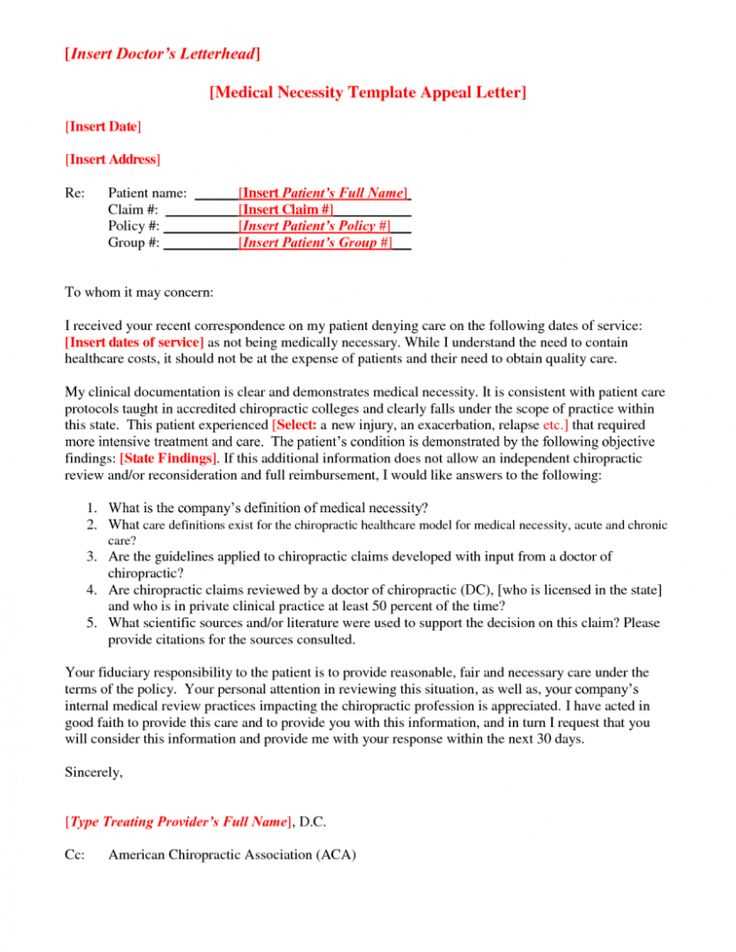
Dealing with errors on your financial statements can be a frustrating experience. When discrepancies arise in charges or payments, it is crucial to respond quickly and accurately to avoid long-term impacts on your credit score. Addressing these issues through proper communication is essential to protect your rights and resolve the matter efficiently.
Understanding the process of addressing incorrect charges begins with knowing your rights and how to formally challenge any errors. By crafting a detailed communication, you ensure that the responsible party understands the nature of the issue and is provided with the necessary information to correct it.
In the following sections, we will guide you on the necessary steps to take when facing incorrect charges, highlighting how to clearly express your concerns and what essential information should be included in your correspondence. A well-structured response can help expedite the resolution and prevent further complications.
Essential Steps to Dispute Medical Collections
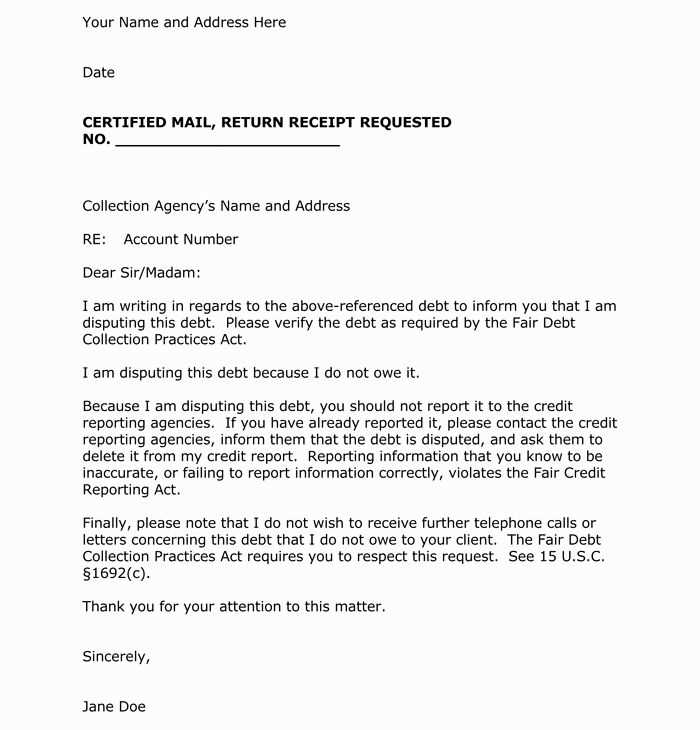
When you notice discrepancies in the charges on your financial records, it is crucial to take action quickly. Addressing incorrect billing requires a structured approach to ensure that the responsible party is properly notified and the issue is resolved effectively. The steps outlined below will guide you through the process, ensuring you understand your rights and how to communicate them effectively.
Understand the Issue
Before taking any action, it’s important to review the charges carefully. Ensure that the amounts listed align with the services or treatments received. Here are key steps to follow:
- Review your billing statement and the records from the provider to spot discrepancies.
- Ensure that the charges are in line with your insurance coverage or previous agreements.
- Verify if there were any duplicate entries or charges for services not rendered.
Take the Necessary Actions
Once you’ve identified the issue, it’s time to address it. Follow these essential steps to ensure your concerns are communicated properly:
- Gather all relevant documents, including bills, treatment records, and insurance statements.
- Prepare a formal response, detailing the discrepancies and providing supporting evidence.
- Send your response to the appropriate party, ensuring it reaches the right department.
By following these steps, you take a systematic approach to resolving billing issues, ensuring that your concerns are clearly addressed and handled promptly. Taking the time to follow through can prevent unnecessary delays and further complications.
Understanding Your Rights in Medical Billing
When it comes to healthcare-related charges, knowing your rights is essential to ensure that you are not unfairly billed. It’s important to be aware of the laws and protections available to you as a consumer when it comes to incorrect charges or practices. Understanding these rights empowers you to take control of the situation and address any issues effectively.
Consumer Protection Laws
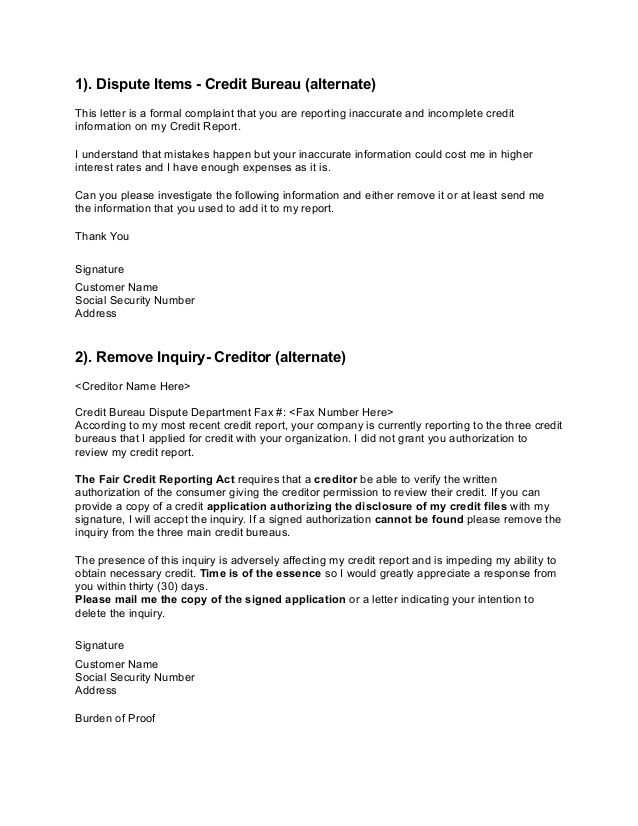
Various consumer protection laws are in place to safeguard individuals from unfair billing practices. These laws give you the right to question charges and demand transparency from providers. Key points to keep in mind include:
- You have the right to request a detailed statement of charges from your healthcare provider.
- You are entitled to receive clear explanations for any services rendered and their associated costs.
- If you believe an error has occurred, you have the right to contest the charges and seek resolution.
Know the Timeframes and Procedures
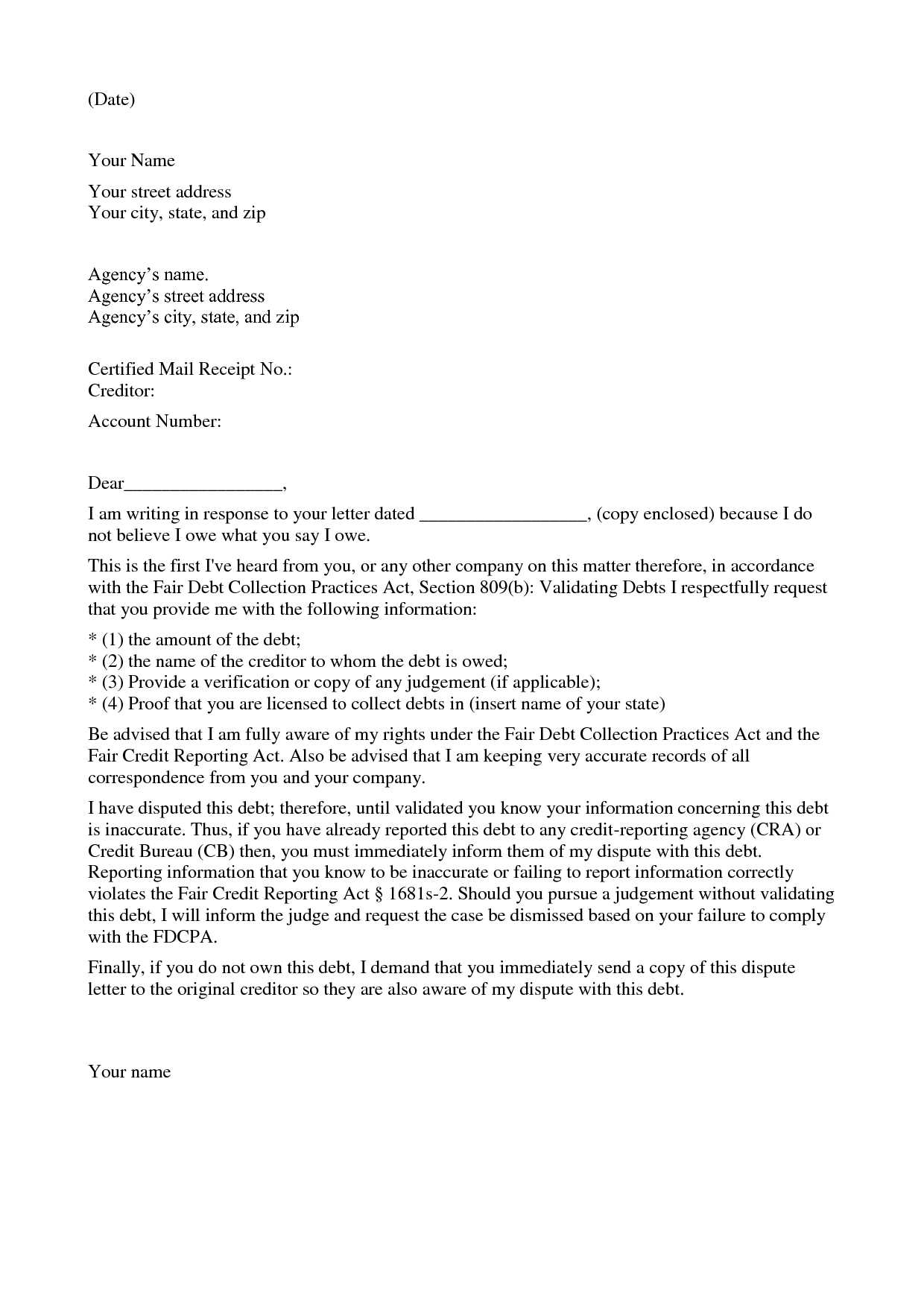
Being aware of the time limits and steps involved in addressing billing errors is crucial. In most cases, there is a specific timeframe within which you must raise a concern. Take the following steps to ensure that your rights are upheld:
- Check your contract or agreement to understand the deadlines for submitting complaints.
- Familiarize yourself with the provider’s process for handling billing errors.
- Ensure that your concerns are submitted in writing to create an official record of the issue.
By understanding these rights and processes, you can better navigate the complexities of billing disputes and ensure fair treatment. Taking the initiative to advocate for yourself is an important step in protecting your financial and personal interests.
How to Structure a Dispute Letter
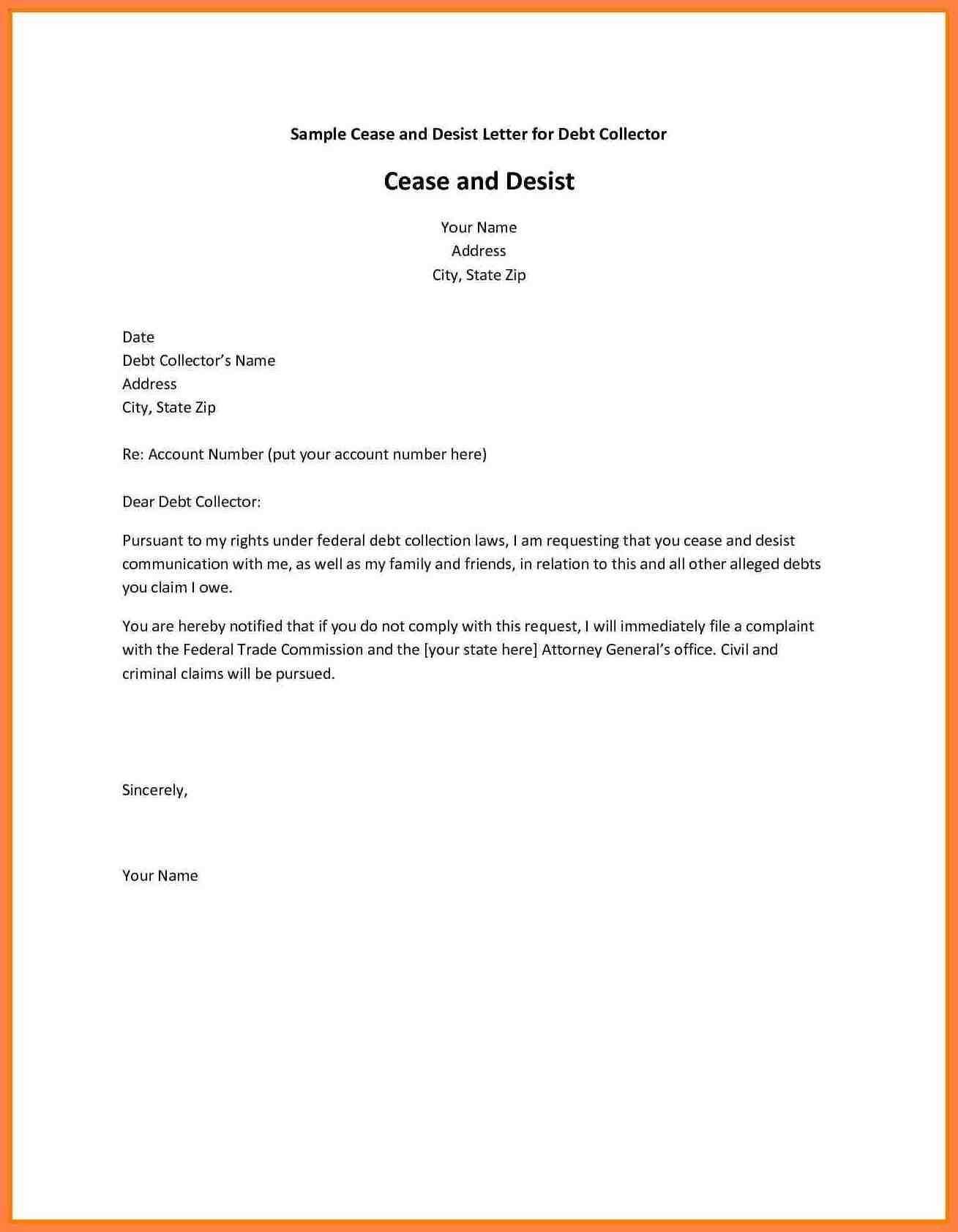
When addressing an error in your billing records, it is essential to present your concerns clearly and professionally. A well-structured communication can significantly increase the likelihood of a favorable resolution. The following guidelines outline the key elements to include in your message to ensure that your issue is effectively addressed.
Include Essential Information
To ensure your communication is complete, make sure to include all relevant details. The recipient should be able to quickly identify the issue and understand its context. Key points to include are:
- Your full name, address, and contact details.
- The account or reference number associated with the charges.
- A clear description of the billing issue, including the specific charges or errors you are contesting.
- Any supporting documentation or evidence that backs up your claim, such as receipts or treatment records.
Be Clear and Concise
Keep your communication focused and to the point. Avoid lengthy explanations or irrelevant details. Use a professional tone and make sure the issue is clearly articulated. Follow these guidelines:
- State the exact issue in the first paragraph.
- Clearly explain why you believe the charges are incorrect, referencing any supporting documents.
- Include a request for resolution, such as a correction or refund.
By structuring your communication in this way, you increase the chances of a prompt and accurate response to your concerns. A clear, professional approach helps ensure that the issue is resolved efficiently and effectively.
Key Information to Include in Your Letter
When addressing billing errors, it’s important to include specific details that clearly explain the issue. Providing the right information helps the recipient understand the problem quickly and ensures that your concerns are addressed appropriately. Here are the key elements to incorporate into your communication.
- Personal Identification: Include your full name, address, phone number, and email to ensure they can easily contact you if needed.
- Account Information: Provide any relevant account or reference numbers, such as patient ID or invoice number, to help locate the record.
- Specific Details of the Issue: Describe the exact charges or services in question, mentioning dates, amounts, and any discrepancies you’ve noticed.
- Supporting Documents: Attach any relevant documents, like receipts, treatment records, or insurance statements, that can support your claim.
- Requested Resolution: Clearly state what you expect as a resolution, whether it’s a correction, refund, or other actions to rectify the situation.
By providing these critical details, you help ensure that your communication is clear and comprehensive. This increases the likelihood of a prompt and effective response from the recipient.
Common Mistakes to Avoid in Disputes
When addressing billing issues, avoiding common pitfalls is crucial to ensuring a smooth process. Many people make mistakes that can delay or complicate the resolution. Recognizing these errors beforehand can help you avoid unnecessary setbacks and improve your chances of a positive outcome.
Failing to Provide Complete Documentation
One of the most frequent mistakes is not supplying enough evidence to support your claim. Without proper documentation, it can be difficult for the recipient to verify your case. Make sure to include:
- Receipts or invoices that show the charges in question.
- Correspondence with the service provider or insurance company, if any.
- Any other records that may back up your argument, such as treatment records or agreements.
Being Vague in Communication
Another mistake is not being clear enough when explaining the issue. Ambiguous statements or a lack of detail can lead to confusion or even dismissal of your case. To avoid this:
- Be specific about the error, providing exact dates, amounts, and services in question.
- State your expectations clearly, such as requesting a correction or a refund.
- Use direct and concise language to ensure the recipient understands your concerns.
By avoiding these common mistakes, you can enhance the chances of your issue being resolved effectively and in a timely manner.
How to Follow Up After Sending Your Letter
After sending your communication regarding a billing error, it is essential to follow up to ensure your issue is being addressed. A prompt and professional follow-up can demonstrate your commitment to resolving the matter and prompt action from the recipient. Here’s a simple guide on how to handle follow-ups effectively.
Timing Your Follow-Up
It’s important to give the recipient enough time to review your case. Generally, waiting 7-10 business days after sending your initial message is advisable before reaching out. This allows the other party time to process your request. If you haven’t heard back within that timeframe, it’s time to follow up.
Crafting Your Follow-Up Communication
When following up, it’s crucial to remain polite and professional while reiterating the key points of your original message. Keep your tone firm but respectful. Below is a simple structure for your follow-up message:
| Step | Action |
|---|---|
| 1 | Start by referencing the date of your original communication. |
| 2 | Restate the issue briefly and the action you are requesting. |
| 3 | Ask for an update on the status of your request and provide your contact details again. |
| 4 | Express your desire for a timely resolution and thank them for their attention. |
By following these steps, you can ensure that your follow-up communication is clear and effective, increasing the likelihood of getting a response and resolving the issue.
What to Do If Dispute Is Denied
If your initial effort to address billing issues is denied, it’s important not to get discouraged. While this can be frustrating, there are steps you can take to continue pursuing a resolution. Understanding your options and taking action strategically can increase your chances of a successful outcome.
Review the Response Carefully
When the recipient rejects your claim, carefully read the explanation provided. Often, they will outline the reason for denial, which can give you insights into the next steps. You might discover that more documentation or a clearer explanation is needed to support your case. Take note of any details that may help you refine your request.
Next Steps to Consider
There are several options you can explore if your claim is rejected:
- Request a Detailed Explanation: If the reason for denial is unclear, ask for a more thorough explanation to understand exactly why your claim was rejected.
- Provide Additional Documentation: If new information has come to light or you failed to provide enough evidence initially, gather and submit any relevant documentation that could strengthen your case.
- Seek Assistance from a Third Party: If you’re unable to resolve the issue on your own, consider consulting with a professional or filing a complaint with a regulatory body that oversees billing practices.
- Appeal the Decision: Some organizations offer an appeal process. If available, follow their procedure to formally challenge the decision.
By remaining persistent and taking these steps, you can continue to work towards an acceptable resolution.